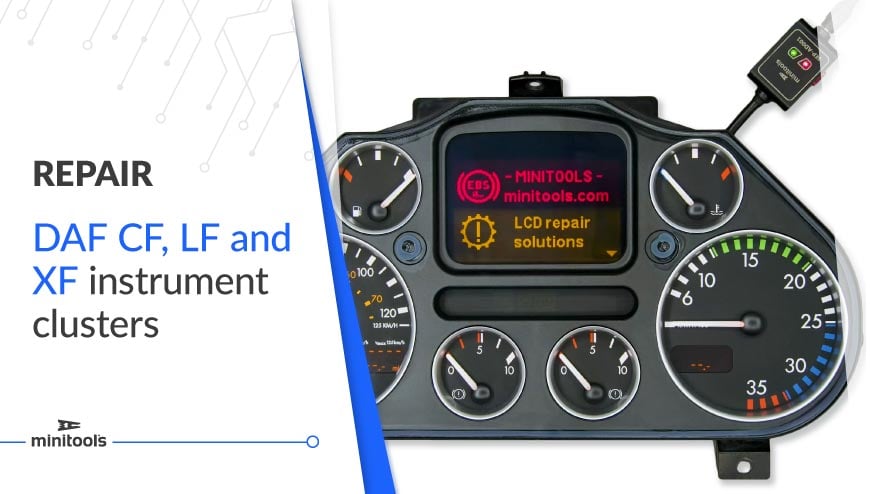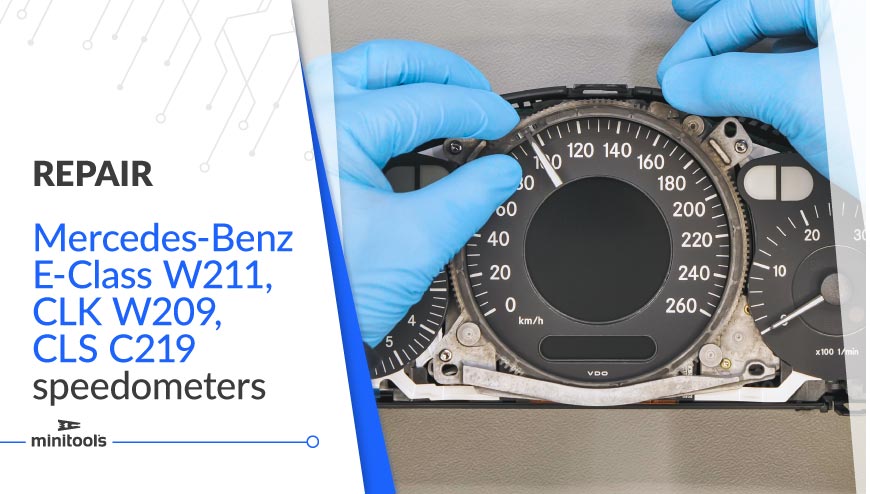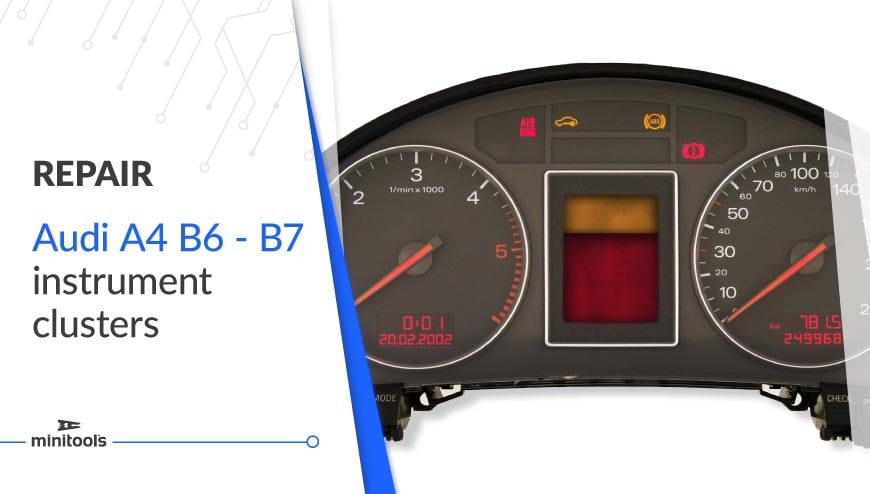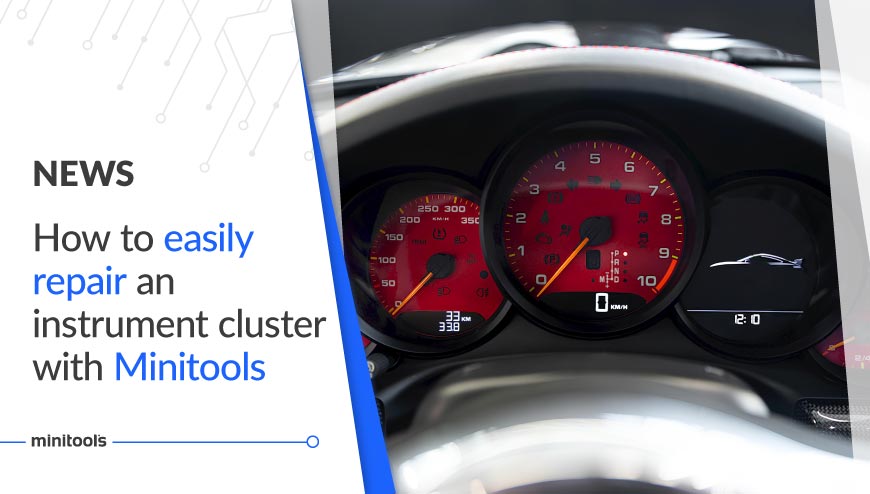
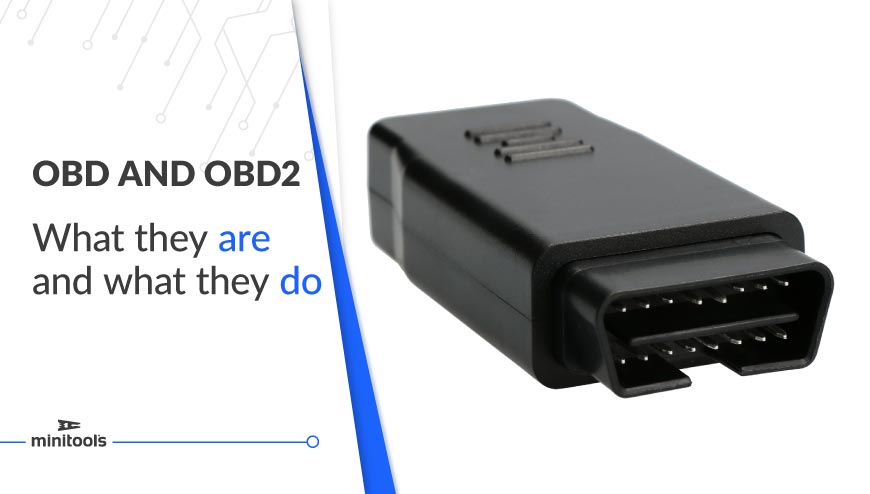
- 16/04/2024
OBD, OBD2, and EOBD: The Complete Guide
EOBD, OBD and OBD: here’s what they are and their primary functions
Introduction
In the automotive industry, you may often encounter acronyms like OBD, OBD2, and EOBD. These are diagnostic systems essential for the maintenance and optimal functioning of modern vehicles. In this guide, we’ll talk about the evolution of these systems, their key differences, functions, and OBD2 connections.

What is OBD?
What does OBD stand for? On-Board Diagnostics (OBD) was introduced in vehicles in the 1980s as a system for monitoring faults. Initially limited and specific to each manufacturer, such as the Mercedes diagnostic socket or the BMW diagnostic socket, OBD has undergone several technological advancements over the years.
Evolution of OBD – OBD2
The original OBD was relatively basic, capable of identifying only major faults. However, with progresses in automotive technology, the need for a more sophisticated and universal diagnostic system became evident. The introduction of OBD2 was motivated by the need to reduce harmful emissions and improve engine efficiency. This universal standard made on-board diagnostics mandatory for all light vehicles in the United States, significantly contributing to the reduction of atmospheric pollution.
Differences Between OBD and OBD2, But What About EOBD?
OBD2 represented a significant advancement over its predecessor. Introduced in the United States in 1996, OBD2 standardized connectors and communication protocols, allowing for more accurate and uniform diagnostics across all light vehicles. The European On-Board Diagnostics (EOBD) is essentially equivalent to OBD2. This diagnostic standard was introduced in Europe to ensure vehicle compliance with emissions and safety regulations.
Functions of OBD and OBD-II
The primary functions of these diagnostic systems include monitoring engine control systems, detecting and reporting faults, and communicating with external diagnostic tools. These tools provide detailed information on vehicle parameters, facilitating diagnosis and issue resolution.
OBD2 Connectors: Shape and Pinout
The OBDII connector is standardized and comes in the form of a 16-pin connector. The specific pinout of this connector may vary depending on the vehicle and communication protocol used. However, fundamental pins include those for power, ground, and data communication.
OBD-II Sockets, the Minitools Range
Our e-commerce platform offers OBD2 connectors, as well as various modular enclosures and accessories for assembling diagnostic device. These can be customized based on customer requirements, with options for UV printing of logos, laser marking, or milling. Find out more in our catalogue.
Conclusion
In conclusion, OBD and OBD2 are essential diagnostic systems for the operation and maintenance of modern vehicles. Their technological evolution has made fault diagnosis more efficient and has contributed to the reduction of harmful emissions in the environment. Understanding the history, differences, functions, and OBD2 connections is crucial for everyone involved in the automotive industry, from vehicle owners to automotive technicians.
Latest articles
- All Posts
- News


